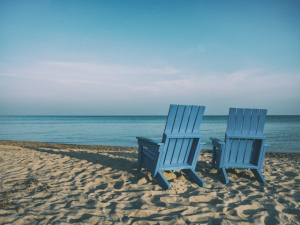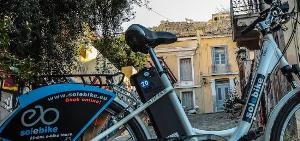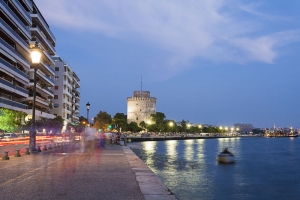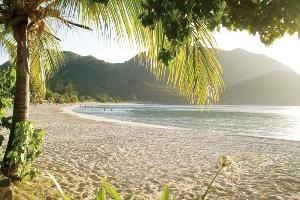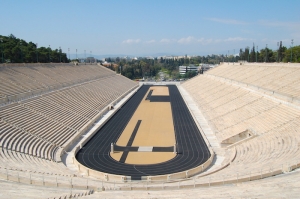Radisson Blu is Europe’s largest upper upscale brand and known for its contemporary design, innovative service concepts and the unique philosophy Yes I Can!
“We are delighted to arrive in Crete and look forward to our future cooperation with the Geniatakis family. This signing also increases the number of our stylish resorts: In the Mediterranean, we are now present at ten attractive destinations,” said Wolfgang M. Neumann, president and chief executive officer of Rezidor.
The Geniatakis family, after 32 years in the tourism industry, originally opened the resort in 2002. Yorgos & Elli Geniatakis have now decided to partner with Carlson Rezidor to combine their local heritage and knowledge with an international expertise. They both have studied Hospitality Management and worked in major hotel chains and independent hotels in the US, Europe and Asia. ‘’We strongly believe that the combination of a family-owned, awarded resort and a global chain will offer added values to our guests. Moreover, we also aim to open more career opportunities to our employees. We are confident that the new Radisson Blu Beach Resort, Crete Milatos will become a competitive destination – due to its authentic design, casual atmosphere and affordable luxury”, commented the owners.
The Radisson Blu Beach Resort, Crete Milatos is an existing property that will re-open under the Radisson Blu flag after renovation in 2016. Besides 318 spacious rooms and suites (most of them having private balconies or terraces) with Radisson Blu signature services such as free high speed internet access, the hotel will offer a mix of all round facilities such as an all-day dining restaurant, several specialty restaurants and bars, a variety of pools and private pools, a private beach, tennis courts, leisure facilities for families and couples, and a spa with wellness centre including treatment rooms, hammam, saunas and Jacuzzi.
The resort is beautifully located in the east of the island, and enjoys a 180° sea view. It is surrounded by authentic fishing villages, and will delight guests with a truly Cretan experience. The island of Crete welcomes more than 2.5 million visitors per year through two international airports and ports. Tourism is one of Greece’s main economic generators as it contributes more than 16% to the national GDP.



